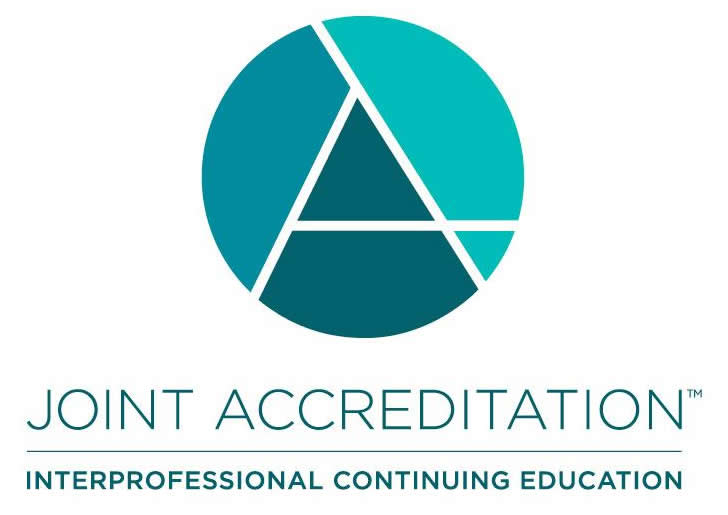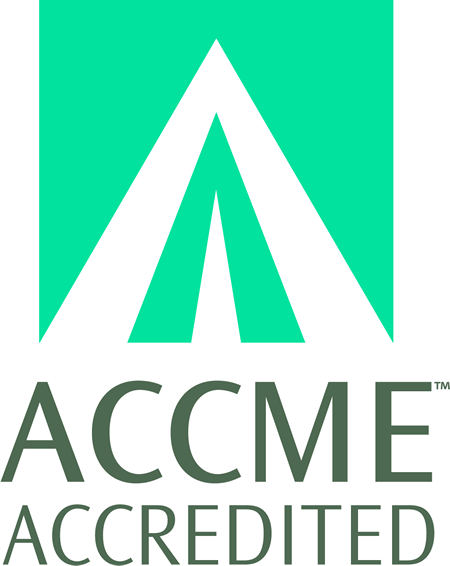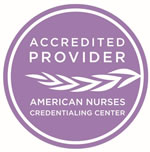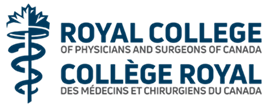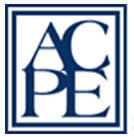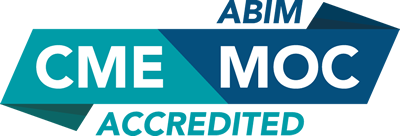
COURSE CREDITS & HOURS
16 AMA PRA Category 1 Credits™16 ACPE Credits
16.0 Contact Hours
16 (part II) MOC points in medical knowledge in the American Board of Internal Medicine's (ABIM) Maintenance of Certification (MOC) program
2 Hours of Pharmacology for Nurse Practitioners
COURSE FEES
TARGET AUDIENCE
PROGRAM PURPOSE
- Things we missed in medical School-Vitamins, Minerals and Supplements
- Develop a strategy to respond to patients requesting complimentary or alternative medicine treatment or are on self-procured regimens
- Utilize selected resources on supplements and complimentary medicine
- Discuss alternative non-hormonal therapies
- Understand normal hormonal pathways
- Identify bio-identical hormones to incorporate into your practice
- Toxicology 101-what is the approach
- Identify difficulties between Acute vs. Chronic Occupational Claims
- Discuss why true cases may be missed and false cases may present
- Learn legal vs. Scientific Causation
- Be aware of available resources to handle a toxicologic claim
- Review of the medical literature
- Utilize steps that can be summarized as “Does“ “Can“ and “Did“
- identify what the patient has, what can cause their problem and what may have contributed to this condition
- Sleep Complaints with a focus on Obstructive Sleep Apnea
- Identify risk factors for Obstructive Sleep Apnea(OSA)
- Know the associated medical conditions that indicate OSA may be present
- Recognize symptoms commonly claimed to be associated with OSA
- Recall the shifting trends in obesity internationally
- Complete a USPSTF quiz on OSA
- Medical Mimics: medical conditions that look orthopedic
- Utilize presenting case history and examinations to generate a working differential diagnosis from an orthopedic presentation
- Be able to request additional appropriate testing to define an illness
- Review literature for specific presented cases
- Stress and Cardiovascular Disease
- Raise awareness of the impacts of stress on cardiovascular outcomes
- Look at different models of stress in the literature
- Know guideline statements for the benefits of work
- Causation: what causes the common things we see in practice
- Understand methods underlying causation
- Learn Medical vs Legal Causation
- Work Ability and Returning Someone to Work
- Identify the types and sources of mixed messages sent to patients
- Be able to articulate the negative health consequences of being placed out of work
- Discuss specialty society statements on the return to work process
- Know the generalized health benefits of working
- Understand what are Risk, Capacity and Tolerance
- Illness Behavior and Pain Questionnaires-What Patterns Can We Find
- Learn about questionnaire based techniques to identify these subtle and complex psychosocial issues
- Implement a more structured approach in their office to patients with pain and injury claims based on useful questions and their interpretation
- Recognizing Benign and Malignant Lesions of The Skin
- Appropriately treat or refer patients with cutaneous neoplastic disease
- Skin Disease Pearls for Primary Practice
- Be comfortable choosing and using novel techniques in dealing with minor skin problems
- Selected Topics in Acne and Rosacea
- Diagnose and manage the most common forms of acne and rosacea
- Infections and Infestations of the Skin
- Recognize and treat skin infections and infestations
- Psoriasis Update - Treatment and Co-morbidities
- Manage patients with mild to moderate psoriatic disease, and counsel them about the many comorbidities of what used to be considered a benign skin disease.









